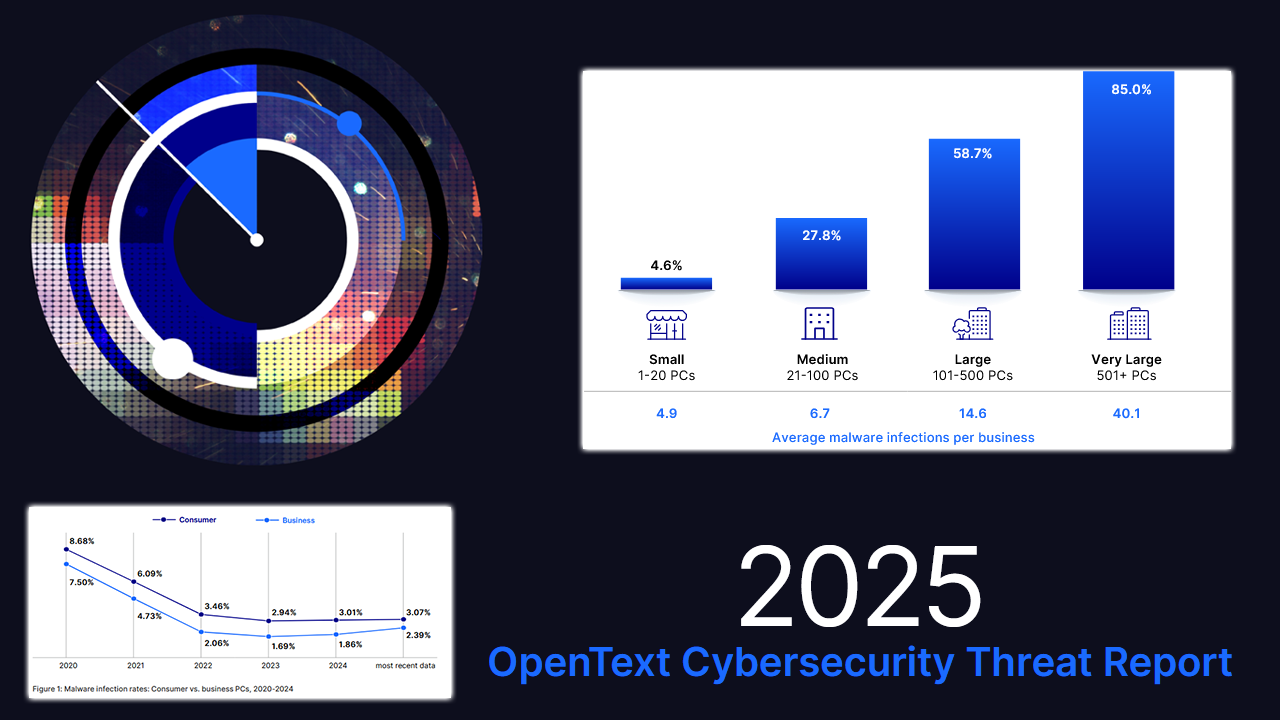Due to the growing market demand for fast, scalable, and agile computing, a critical new player has taken the stage in the cloud space: the cloud hyperscaler, aka public cloud providers that also offer networking, internet and other application services at scale.
Microsoft, Google, and Amazon are among the best-known public cloud providers, together claiming about 64% of the cloud market. Recently, the big three have started to partner with smaller cloud providers and independent software vendors (ISVs) to sell more and more IT services directly to their customers. The three aim to exponentially expand their infrastructure-as-a-service (IaaS) offerings to remain competitive against each other.
The ongoing market consolidation puts many managed service providers (MSPs) at risk of losing value. MSPs are responsible for their customer’s IT infrastructure, but what if the already-mighty giants take over customer relationships too?
On closer inspection, however, MSPs are in a great position to work with and around hyperscalers: They can partner with large cloud providers, build their services on public clouds, and offer managed multicloud services.
To build on their competitive advantage, MSPs should return to their roots and focus on innovation. By taking an active role in helping businesses succeed, MSPs will become next-generation providers and key players in the digital IT ecosystem.
Provide Flexibility with Multicloud Services
Admittedly, the advantages of using public cloud providers are significant. Faster processing, scalability, and almost endless geographical expansion are just some of the attractive features of Google, Microsoft, and Amazon.
But these advantages come at a price. Gartner finds that the ROI of a typical migration to a large public cloud provider is -171% after three years—and only becomes positive after seven years. Furthermore, as businesses expand horizontally and vertically, so do their cloud costs. Apple, for example, pays $30 million per month for AWS. This may be chump change for Apple, but what about smaller companies? They often find that their data costs increase by 30-50% annually while their budget remains the same.
Smaller companies and startups prefer flexible pricing strategies, as they often face capital constraints and unpredictable growth. So how can MSPs help businesses afford their digital transformation? The answer is multicloud. As a company’s technology needs—and budget—change, MSPs that offer both public and private cloud have a unique competitive advantage. They can distribute an enterprise’s various applications where it makes the most operational sense, such as optimizing security by storing sensitive data on the private cloud and enhancing their day-to-day business performance with public storage.
Additionally, different clouds offer all sorts of innovative features. Each service provider operates with different computing power, regions, and pricing models, and can integrate diverse tools for data analytics, machine learning, or software development on demand.
With all these new options, companies are unsure how to scale their infrastructure without multiplying their costs. They are urgently looking for a trusted partner who can advise them. MSPs are, therefore, in a position to compare, recommend, and integrate different IT infrastructures that are tailored to the needs of each customer.
The Future Is Vertical
Let’s get back to the roots of MSPs and their unique value. Typically, they manage an organization’s entire IT infrastructure by focusing on either a specific technical challenge or the individual needs of a particular industry.
Many organizations prefer vertical solutions to help them manage their digital transformation over one-size-fits-all approaches. MSPs’ customers will judge cloud providers depending on their industry niche. For example, Google has a more robust app engine, while Azure is best for users of the full suite of Microsoft applications. But functionality is not everything.
Some customers will look behind the curtain of IaaS vendors, evaluate the entire infrastructure, and assess what pros and cons come with each. For many verticals businesses, storage, maintenance, and reliable retrieval are particularly critical, and they will be reluctant to cut corners when it comes to data security and privacy. Therefore, next-generation providers should not only offer multiple clouds to their customers but also make the necessary installments to ensure the safe handling of their sensitive data.
Build Relationships within the Ecosystem
With their expansion, the hyperscalers want to ensure that their customers not only purchase their data infrastructure services with them but all other IT solutions as well. Therefore, the more indispensable software SaaS solutions a public cloud provider has built into its cloud infrastructure, the more critical they become in the entire IT ecosystem.
That’s why the major cloud providers now offer well-rounded marketing and sales services to those looking to place their offerings via their marketplaces. But with most software vendors competing directly on these platforms and losing essential marketing and sales metrics to the third party, ISVs increasingly crave guidance, technical support, and collaborative sales strategies.
To meet this hunger, MSPs should focus on building fruitful relationships with cloud vendors and ISVs. ISVs or cloud providers develop the software that helps MSPs install and integrate with their customers in a vertical industry. MSPs can benefit from their experience and leverage their expertise to focus on product offerings and enhance the platform by working with vendors. At the same time, they can add value to ISVs with co-selling and reselling strategies, innovative technical architectures such as digital marketplaces, and so on.
Today, businesses are looking for a trusted partner to help them with their digital transformation, offering and managing a tailored portfolio of digital services. Strong partnerships between resellers, vendors, and the public cloud are key for MSPs to develop holistic IT solutions and hone their competitive advantage.
So, despite the increasing dominance of hyperscalers in the IT ecosystem, the associated market shifts offer valuable growth opportunities. Ultimately, however, the path to success will depend on MSPs’ will to innovate. By investing in the right tools and strategies today, MSPs can evolve into next-generation providers in the future.
LINCOLN LINCOLN is vice president and head of global sales and customer success at CloudBlue. He leads CloudBlue’s global go-to-market organization and is responsible for driving accelerated and sustained mutual growth with CloudBlue’s customers and partner. He is equally invested in forming new customer partnerships across the vendor and provider ecosystem. As part of CloudBlue’s leadership team, he is responsible for the organization’s revenue and continued market leadership.














